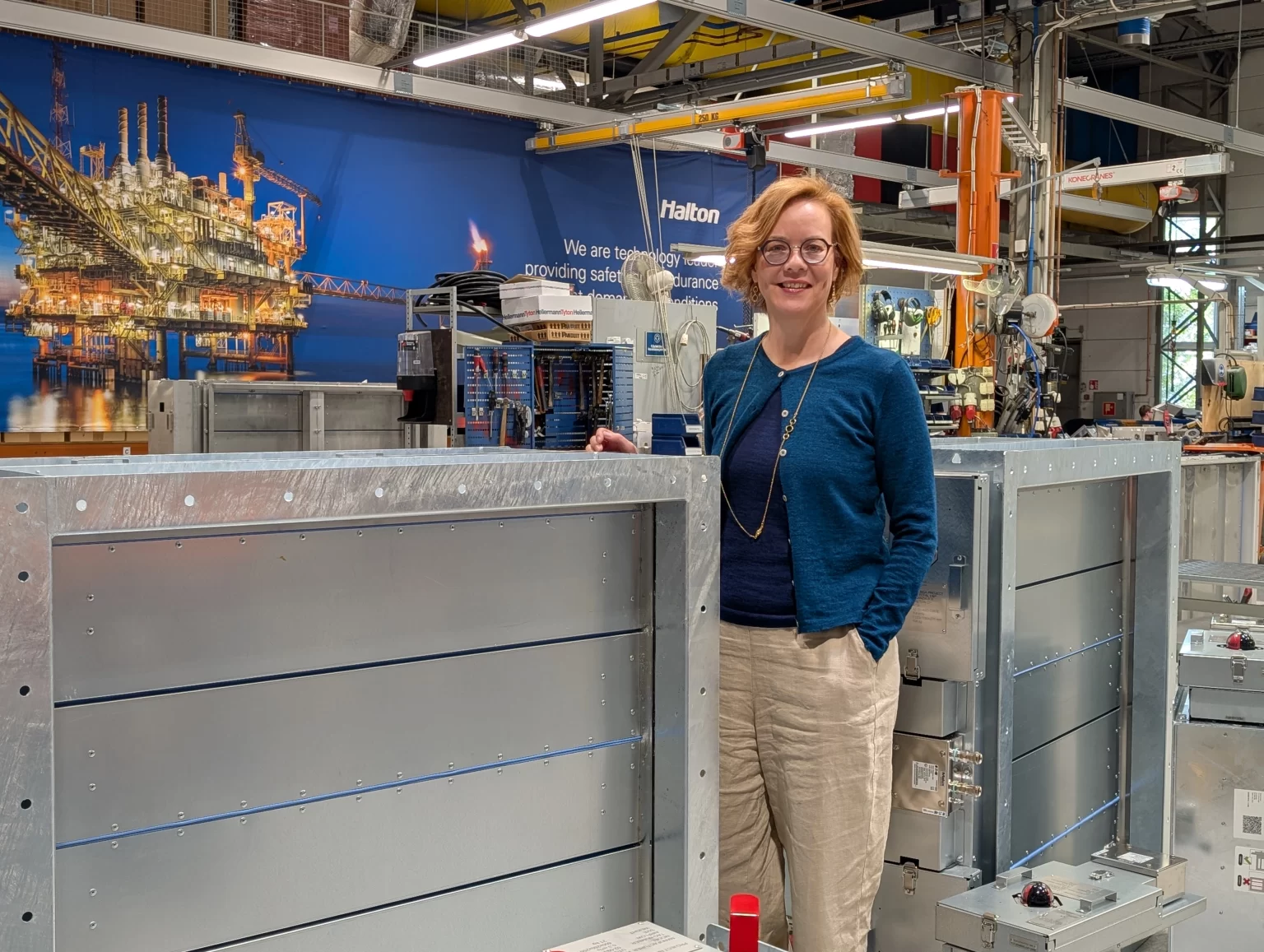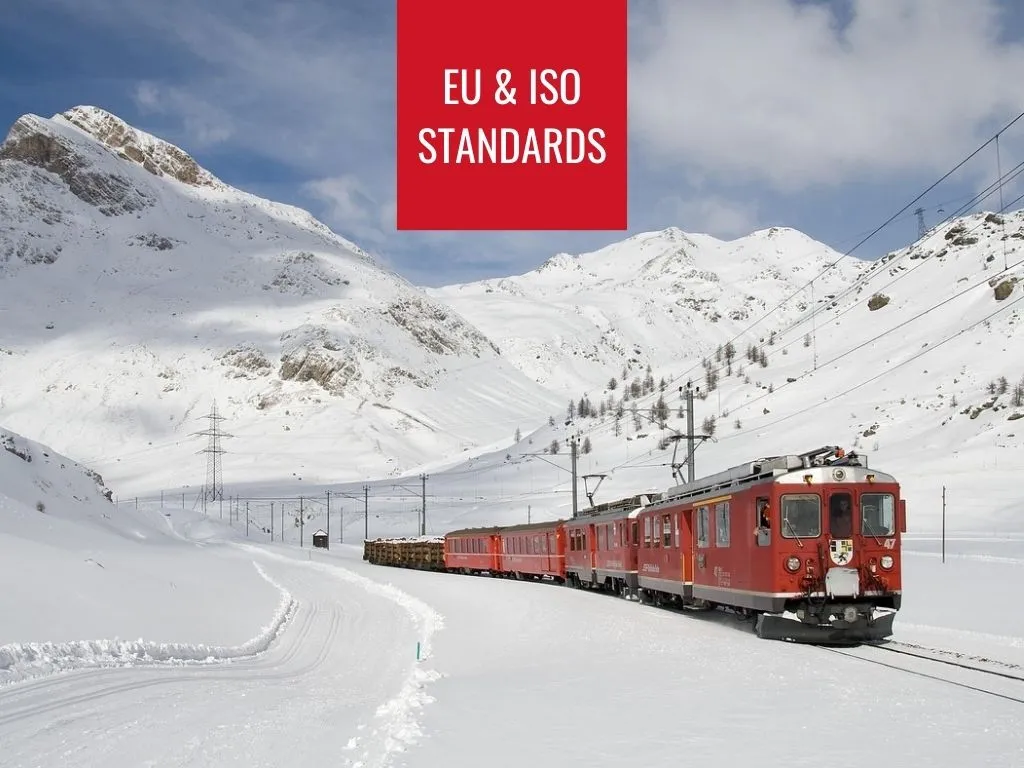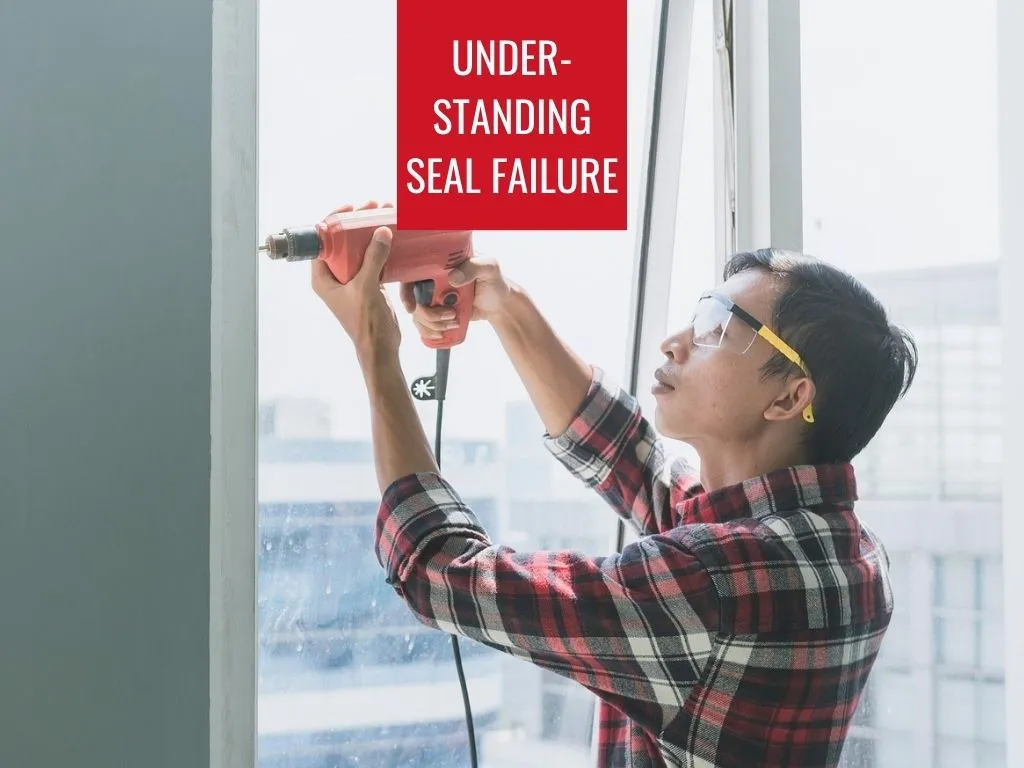SILICONE RUBBER
Silicone rubber is an excellent material for demanding conditions
Silicone rubber is an excellent material for demanding conditions
Silicone profiles made of silicone rubber are perfectly suited for construction and metal industry applications. We can adapt its properties to fit various operating environments; the properties of silicone rubber include resistance to steam, pressure, moisture, chemicals and oils, UV and ozone, and electrical insulation. Silicone rubber has the best operating temperature range which makes it a perfect choice for transportation industries. For extreme conditions, we offer the fire-retardant Fire X -profile.

General properties of silicone rubber
-80 °C – +250 °C
Extruded hardness 10–80 ShA
Colours according to the RAL chart


V.A.V. GROUP FINDS SOLUTIONS TO
VARIOUS PROFILE NEEDS
In our collaboration with Honkarakenne, we had to consider many factors to provide the best possible profiles for log house construction. Read more about our collaboration.

Our silicone rubber selection
Basic silicone rubber
Foam silicone
Fire retardant silicone
Fluorosilicone
Extra/superior heat-resistant silicone
Platinum silicone
FDA-compliant food-grade silicone
Chlorine-free silicone
Silicone for varying conditions
Silicone rubber has superior temperature resistance properties compared to other soft materials, which makes it the most common material for profiles used in fire doors, or in the door and window seals in rolling stock or maritime transportation with strict fire-safety regulations. It also has excellent UV/ozone resistance, making it a good option for window and balcony seals that need to be long-lasting.
Silicone rubber is resistant to steam, pressure, and moisture. Fluorosilicone is also resistant to various fuels and oils. Silicone has excellent electrical insulation properties.
Using various additives, we can adapt the properties of silicone to different operating environments. Such applications include special materials for the paper and pulp industries, where high-pressure and chemical resistance is key, or in the maritime industry where components may face harsh climates.
All profiles can be manufactured according to the RAL colour chart.


Foam silicone
Foam silicone allows for a soft seal and hard frame to be joined. Foam silicone stands out from our other profiles with its “spongy”, closed-cell silicone structure, which works almost like a foam mattress; it’s thick and sturdy, and holds its shape well, making it especially great for example insulating corners, where it provides support and keeps out the cold air and outside noise.
Long Service Life
Even though silicone as a raw material is not exactly recyclable, it has important advantages, like its long service life, that still makes it an ecological choice, especially when you get it from us. We at V.A.V. Group have the advantage of creating small to medium-sized batches, perfectly meeting the needs of manufacturers.

SILICONE RUBBER EXTRUSION
Silicone rubber profiles are manufactured with our vertical extrusion line, which is more energy efficient than traditional horizontal furnaces. Since November 2023, we have been producing our silicone rubber seals with the new vertical extrusion line, doubling our capacity to meet the demand for high-quality silicone profiles. Since the profile is driven vertically upwards, we are able to manufacture more complex profiles than with conventional lines. Read more about our vertical extrusion line by clicking the button below!
Material table
Silicone Profiles | TPE/TPV Profiles | Fire X | |
Material | |||
| Silicone | TPE/TPV | Self-extinguishing silicone | |
| Bio-TPE | TPV | ||
Hardness | |||
| Shore A 10-80 | 40 Shore A - 45 Shore D | Shore A 10-80 | |
Color | |||
| Basic colors | Basic colors | Basic colors | |
| RAL chart | RAL chart | Limited RAL | |
| Metallic colors | Metallic colors | ||
Operating temperature | |||
| -100 - +300 °C | -40 - +120 °C | < +270 °C | |
Diameter | |||
| 0-70 mm | 0-55 mm | 0-70 mm (Silicone) | |
| 0-55 mm (TPE/TPV) | |||
Certificates | |||
| EN45545-2:2020 requirements R22 & R23 for HL3 | |||
| IMO FTPC Part 2 & 5 (Silicone) | |||
| UL 94 V Classification V0 | |||
Special properties | |||
| Heat-resistant silicone: up to +300 °C during short-term stress (7 days) | High thermal resistance | ||
| Cold-resistant silicone: up to -100 °C | Fire-retardant | ||
| Fluorosilicone: resistant to various oils, solvents and other chemicals during sustained contact | |||
| Electrically conductive silicone: ESD and EMI applications and low voltage switch and sensor applications | |||
| Platinum vulcanized silicone | |||
Optional properties | |||
| Stretch prevention cord | Stretch prevention cord | Stretch prevention cord | |
| Foaming | Foaming | ||
| 1-component or 2-component | 1-component or 2-component | ||
| Fire-retardant | |||
| FDA-compliant food grade silicone | |||
| Chemical durability |
News

Customer Story: Halton
Safety at Sea with Reliable Sealing Solutions Halton Marine, Energy, and Infrastructure (MEI), also known as Halton Marine, is part of the global Halton Group

EU and ISO Standards for Sealing Profiles in Railway and Marine Applications
Sealing profiles play a crucial role in industries where safety, durability, and compliance are non-negotiable. Railway and marine environments are especially demanding.

Understanding Seal Failure: Common Causes and How to Extend the Life of Your Sealing Solution
Seals are often overlooked because of their size, yet they are among the most important components in industrial equipment. A well-designed sealing profile ensures safety, efficiency, and reliability, while a failing one can cause costly downtime.
More news from our Newsroom.
DON'T HESITATE TO ASK US
New projects and environments bring new challenges and requirements, from environmental hazards to special soundproofing. Always do your research, but don’t hesitate to ask us for help. Our flexibility gives us the advantage to innovate and experiment with various further processing methods.

